A Look at the World of Disappearing Earth: Julia Phillips Annotates Photos of Kamchatka
Julia Phillips’s debut novel Disappearing Earth was one of The New York Times ten best books of the year, a National Book Award finalist, and was named one of the best books of the year by The Washington Post, Entertainment Weekly, NPR, and many others. This beautifully written book centers on the disappearance of two girls from Kamchatka, a remote area of Russia, and moves outward to bring us into the lives of different women related to, and affected by, the crime. One of the things we love about this book is how the rugged, isolated setting feels like a character, influencing the lives of everyone who lives there and the way the mystery plays out.
In addition to bringing Kamchatka alive with her words, Phillips shared with us some photographs of the peninsula taken by her friend. Enjoy them below, along with her wonderful annotations!
In 2012, I got to tag along with the mushers of the Beringia, a 685-mile dogsled race through Russia’s Kamchatka peninsula. All these beautiful photographs are by Roman Valerevich, a photographer, filmmaker, and friend who was traveling with the race, too. The Beringia is a month-long epic. Traveling with the Beringia was the first time I saw tundra; it was the first time I rode a snowmobile; it was the first time I got to leave Kamchatka’s coast and venture into its stunning interior. It turned out to be one of the most vivid, terrifying, challenging, and unforgettable times of my life.
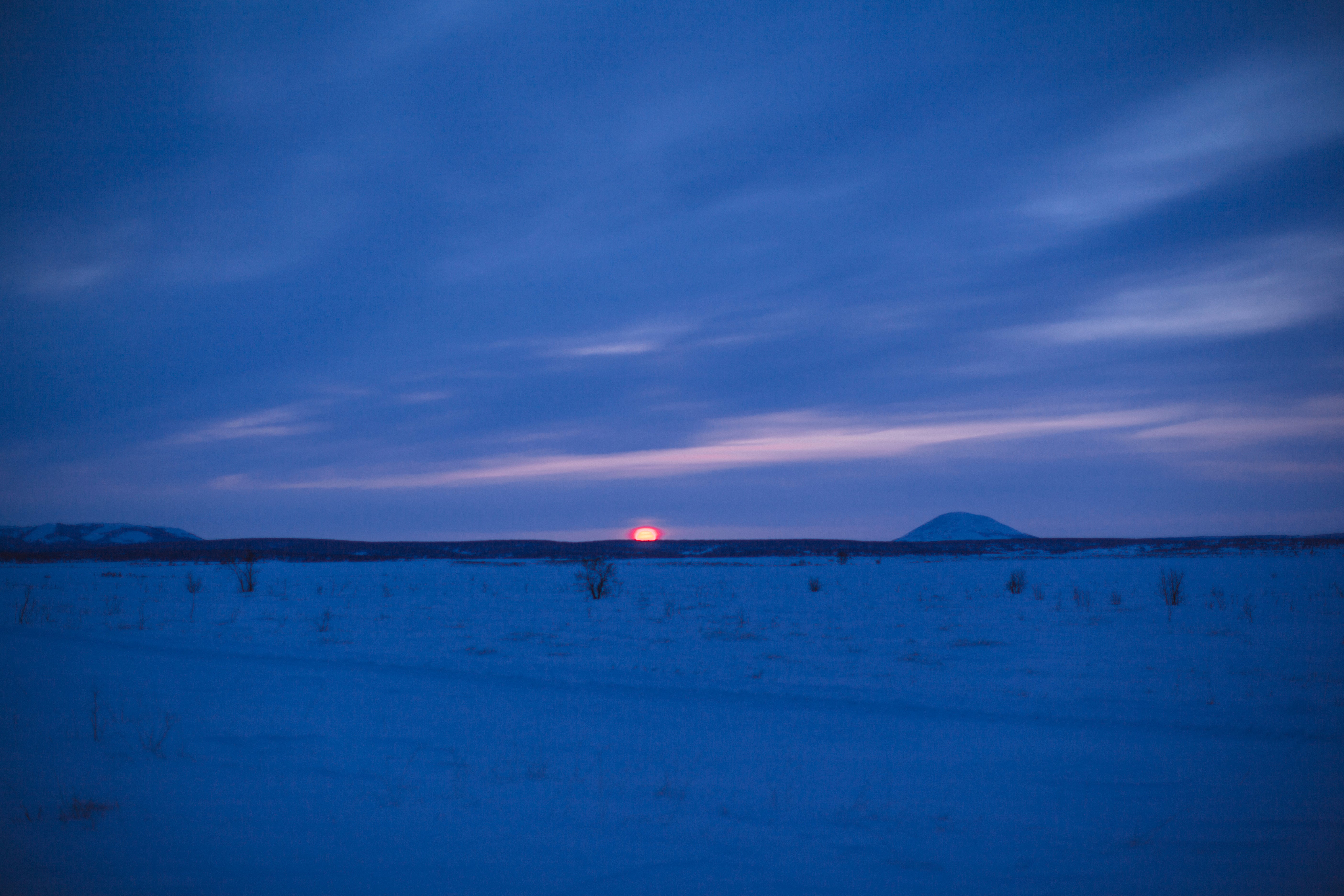
Most of Kamchatka’s residents live in its capital city, Petropavlovsk-Kamchatsky, so huge swaths of the rest of peninsula are unpopulated. The tundra is so empty that it looks like a flat and frozen ocean.

After each day’s heat, which might be eighty miles raced through the winter tundra, mushers would stop to sleep in the town or village they’d reached. Kamchatka, outside its main city, has little infrastructure, almost no roads, so many of these places were otherwise cut off from the rest of the peninsula. It was a joy to spot each one, cross the day’s finish line, and talk with folks who’d been waiting all year for the Beringia to arrive.
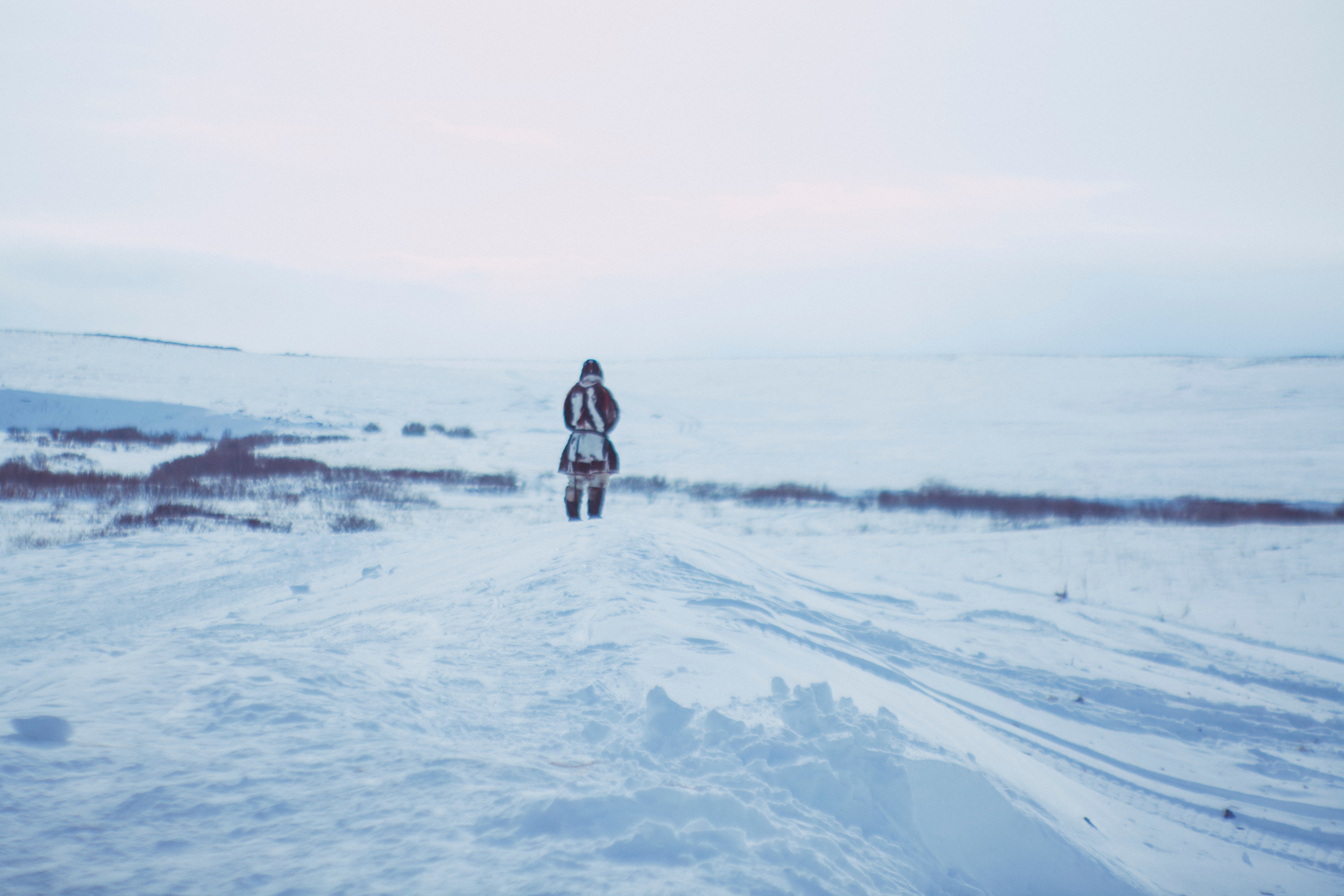
A good number of the Beringia’s mushers were raised in traditions of dogsledding that stretched back generations. This man is wearing traditional winter clothing of the Koryaks, who are indigenous people of Kamchatka: a kukhlyanka, or reindeer-hide parka, and torbaza, or reindeer-skin boots. Light, warm, and time-tested for the elements.
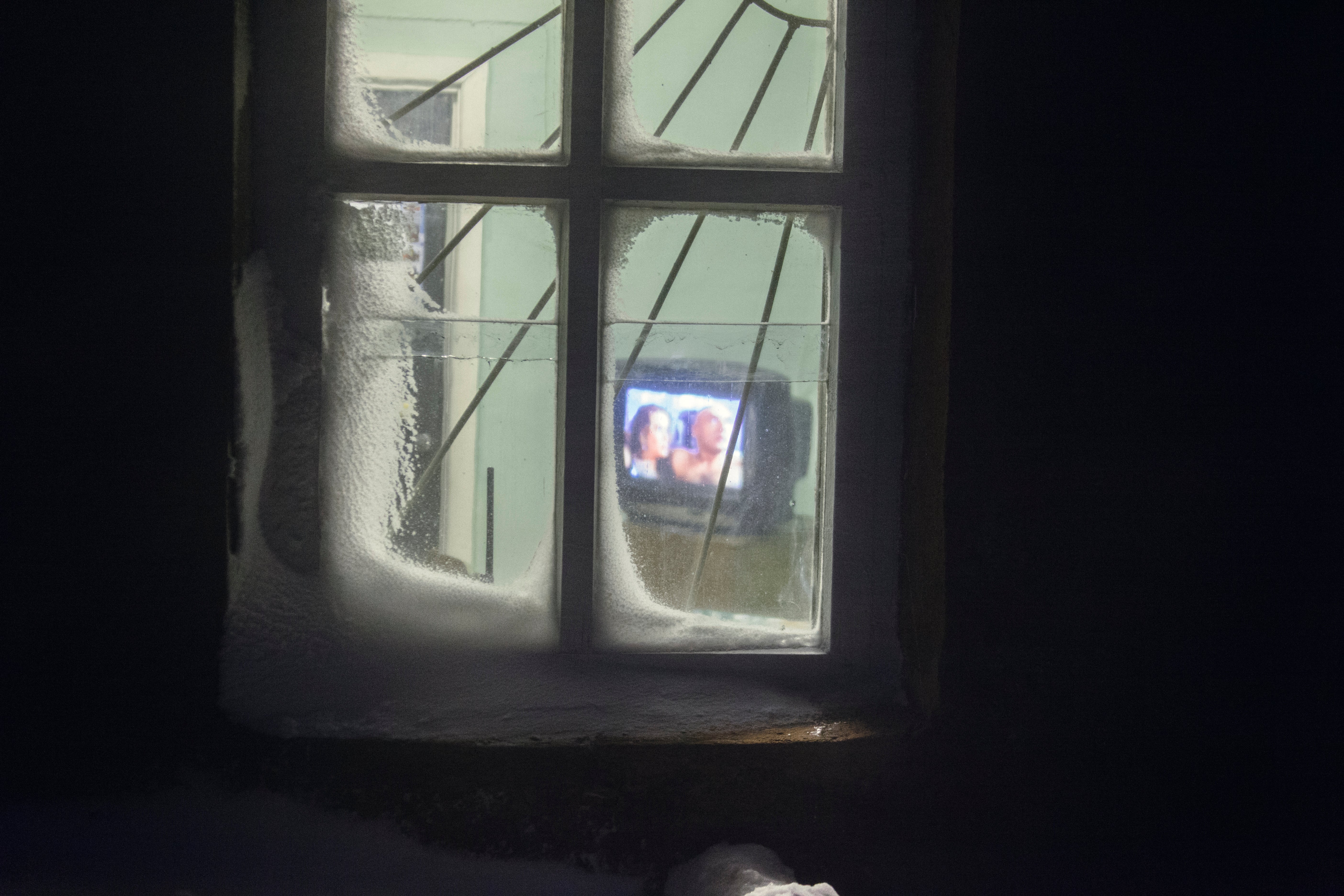
Though Kamchatka is almost 4,000 miles away from Moscow, the peninsula is thoroughly of its nation. The Russian government controls all national television channels, for example, as well as almost all radio and most newspapers. Even in villages with no roads or internet service connecting them to the rest of the country, the daily media ensures that all residents are on the same page.
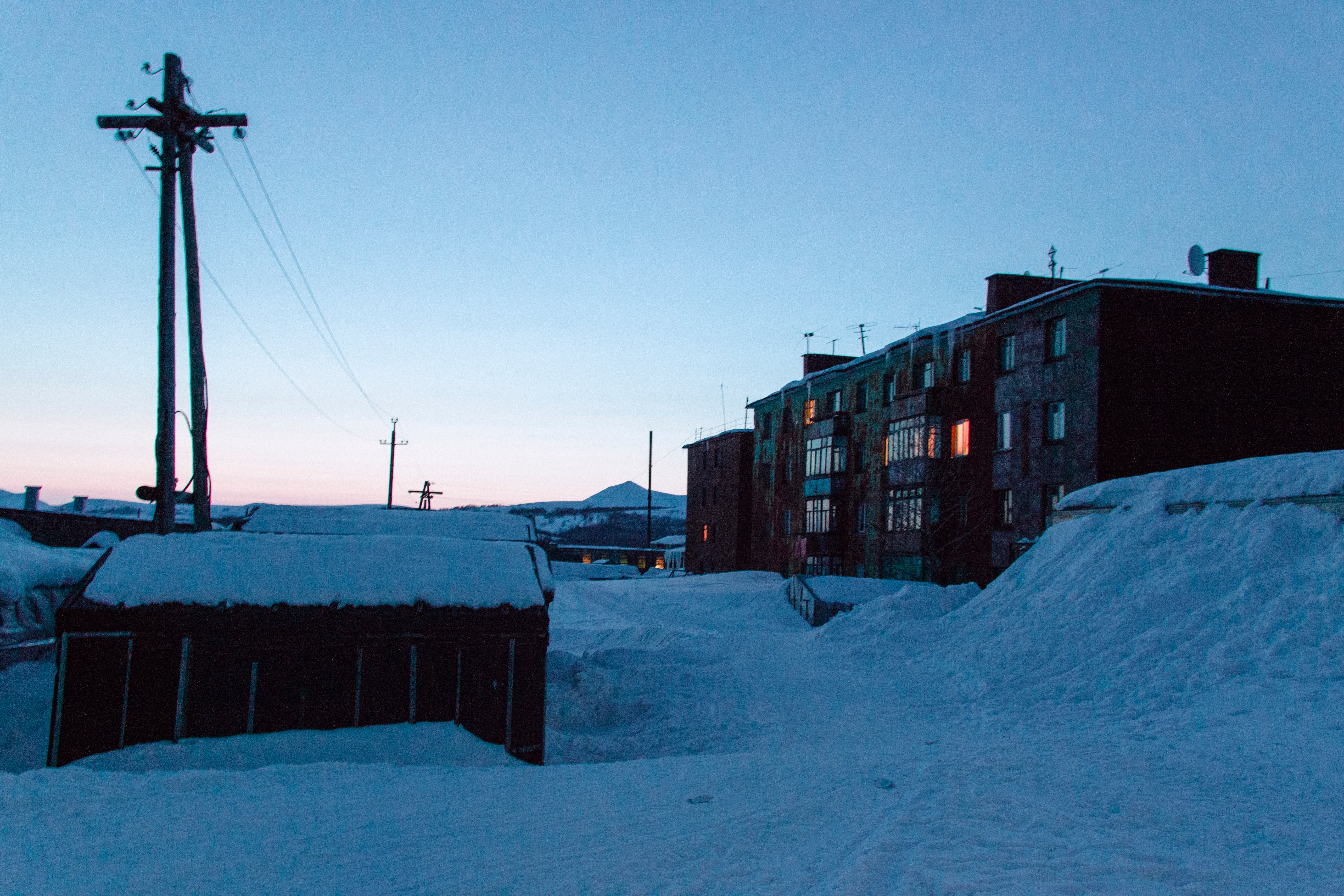
For most of the twentieth century, Kamchatka was a closed military zone. It was a well-funded, sealed-off base for the Soviet naval fleet. Most of the infrastructure there today is therefore from the middle of last century, when state funds were pouring in to ensure the military members on the peninsula were well equipped to engage in the Cold War.
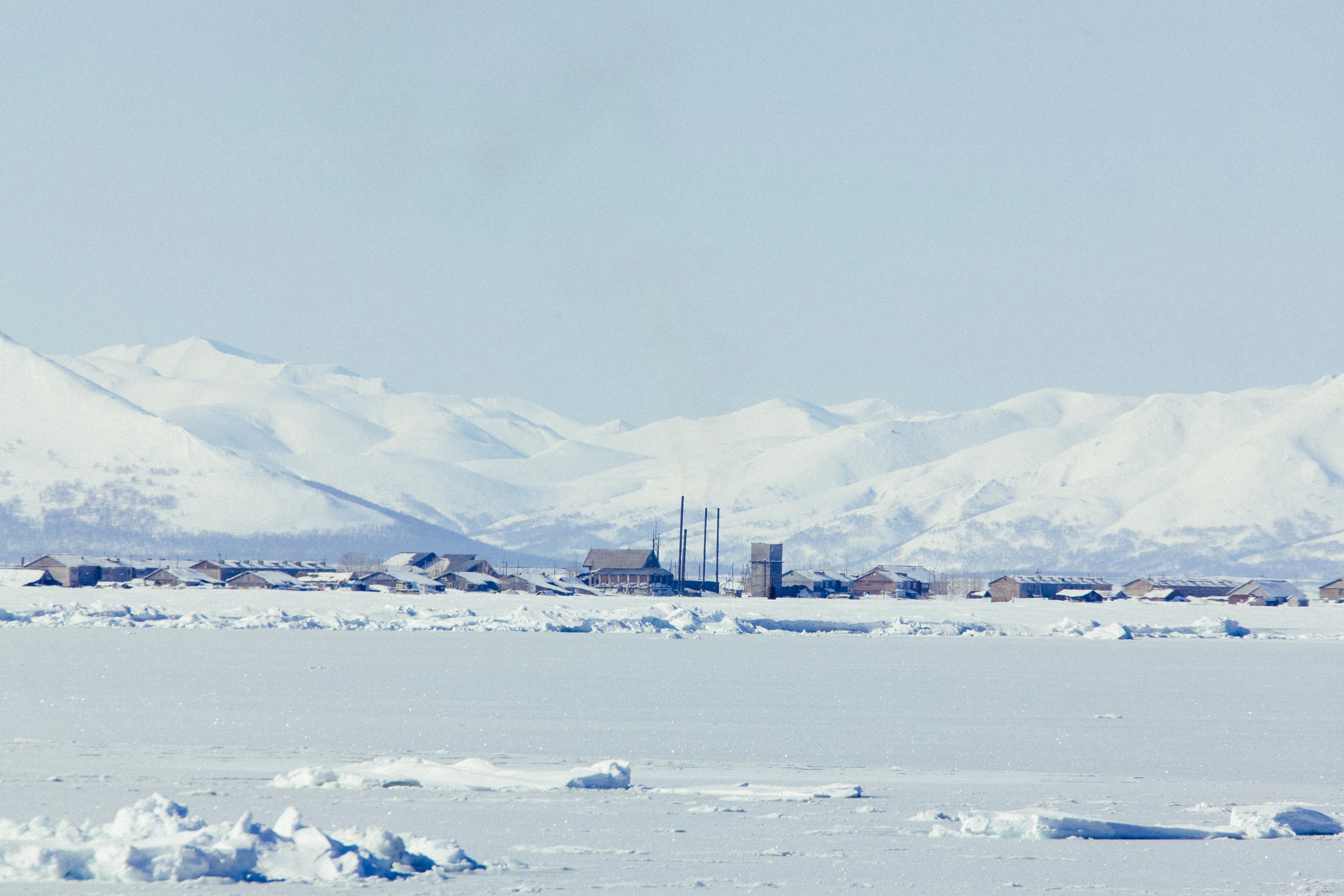
Kamchatka juts off the eastern coast of Russia into the Bering Sea. Part of the Pacific Ring of Fire, the peninsula is filled with volcanoes, geysers, and seismic activity. Mountains are everywhere you look. It’s utterly gorgeous.
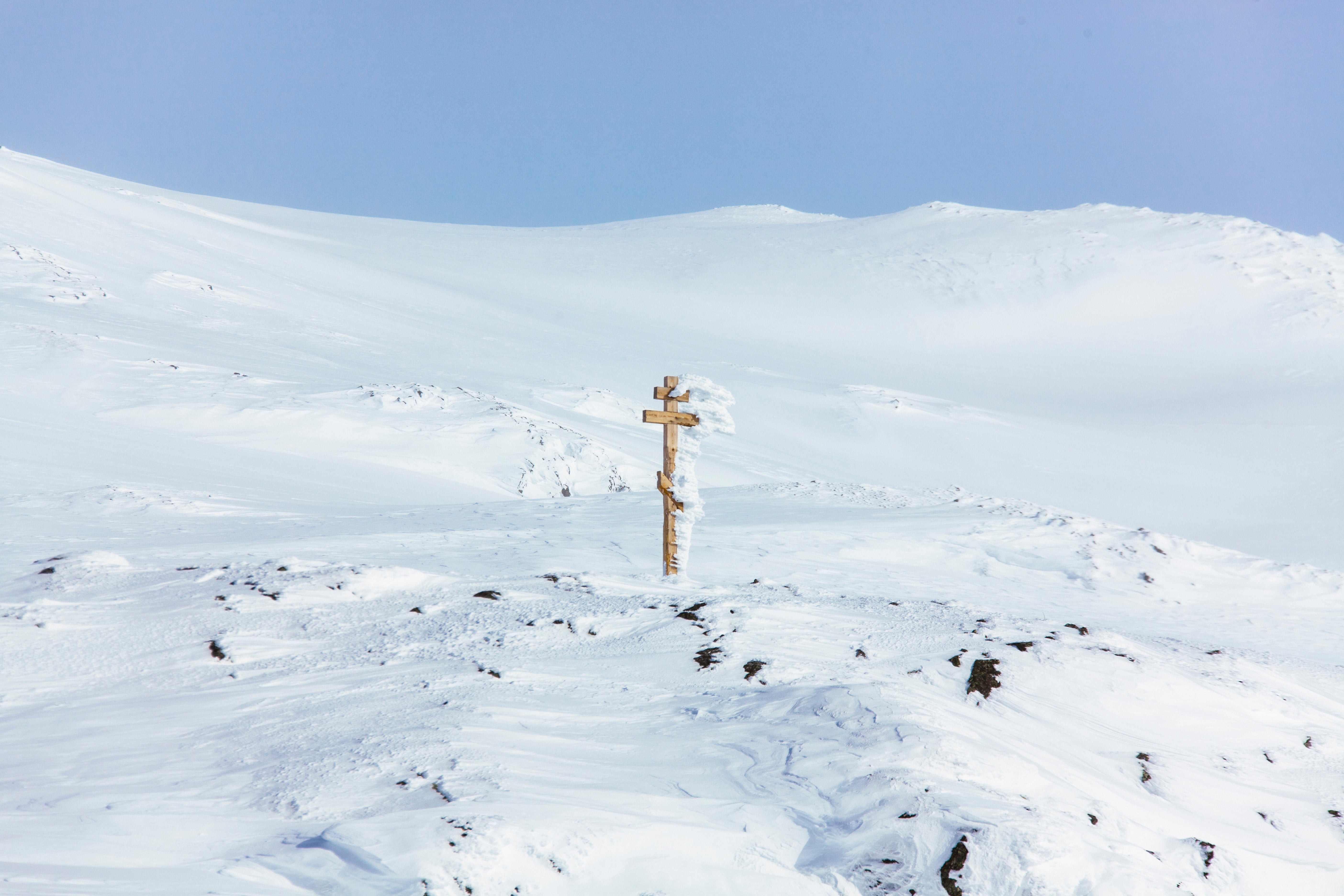
When the Beringia began, I was wholly ignorant of what I would see on the race. I remember so well how I reacted to the tundra at first glance: I was terrified. It felt like I was looking at the end of the earth. Like there was absolutely nothing beyond the horizon. But by the end of each day, we would travel to the horizon, and I would learn again that the world wasn’t ending, and in fact there were many towns there, and thousands of people, and a million things richer and more interesting than anything I had known before. The memory of that terror informed the novel about Kamchatka I ended up writing. I had looked at the land, recognized nothing, and imagined total absence. What did that say about my city eyes and imagination? What else might be around us without our recognizing?
Photo credit for all photos: Roman Valerevich